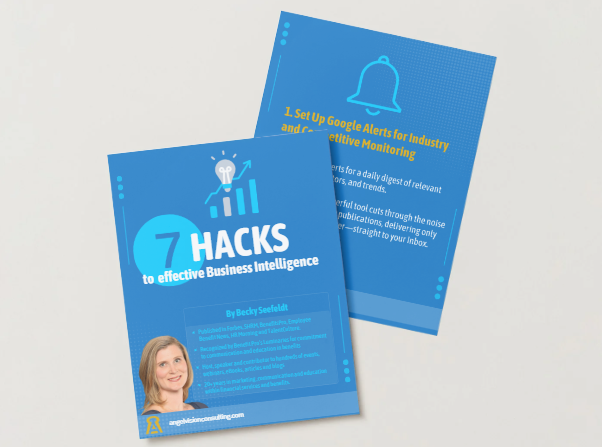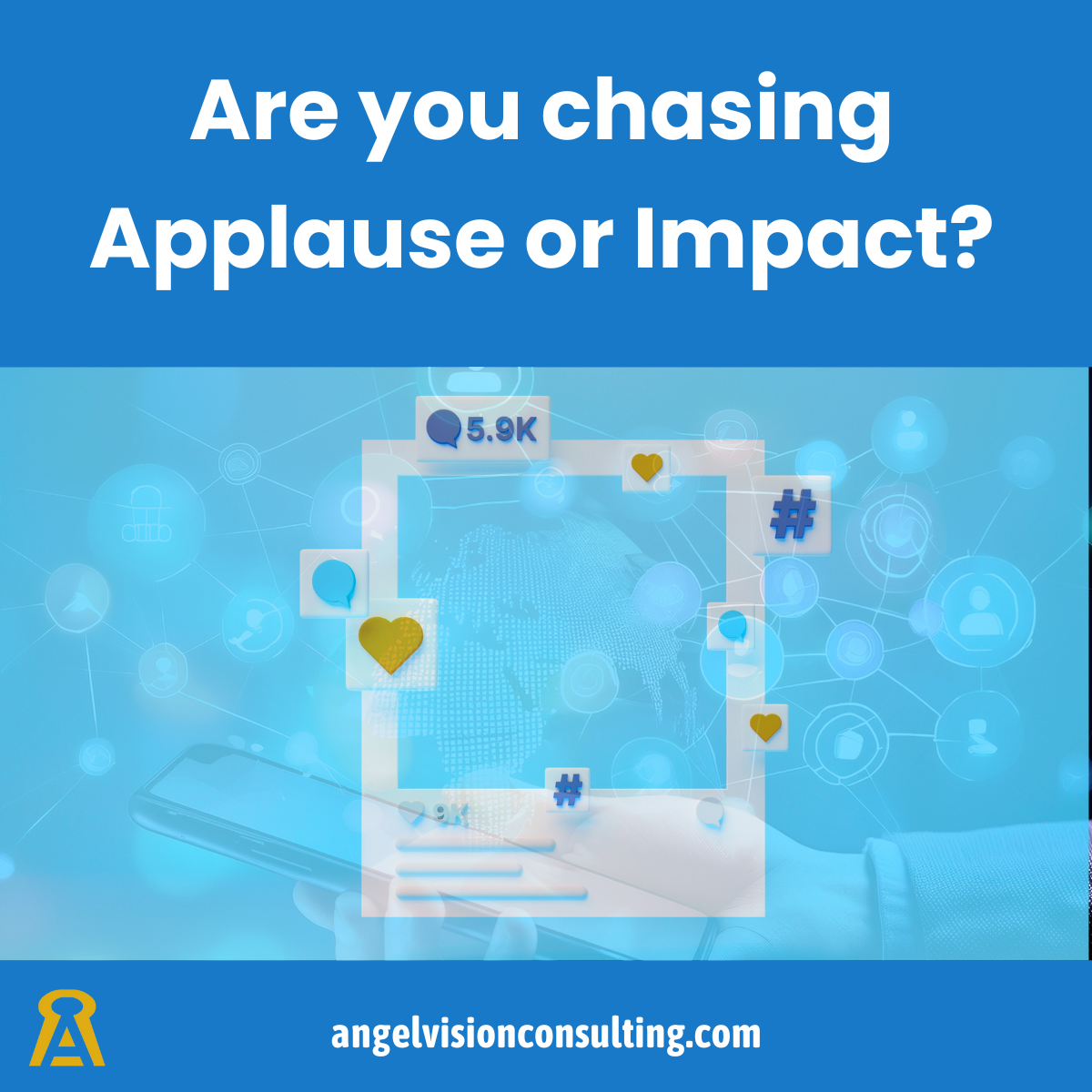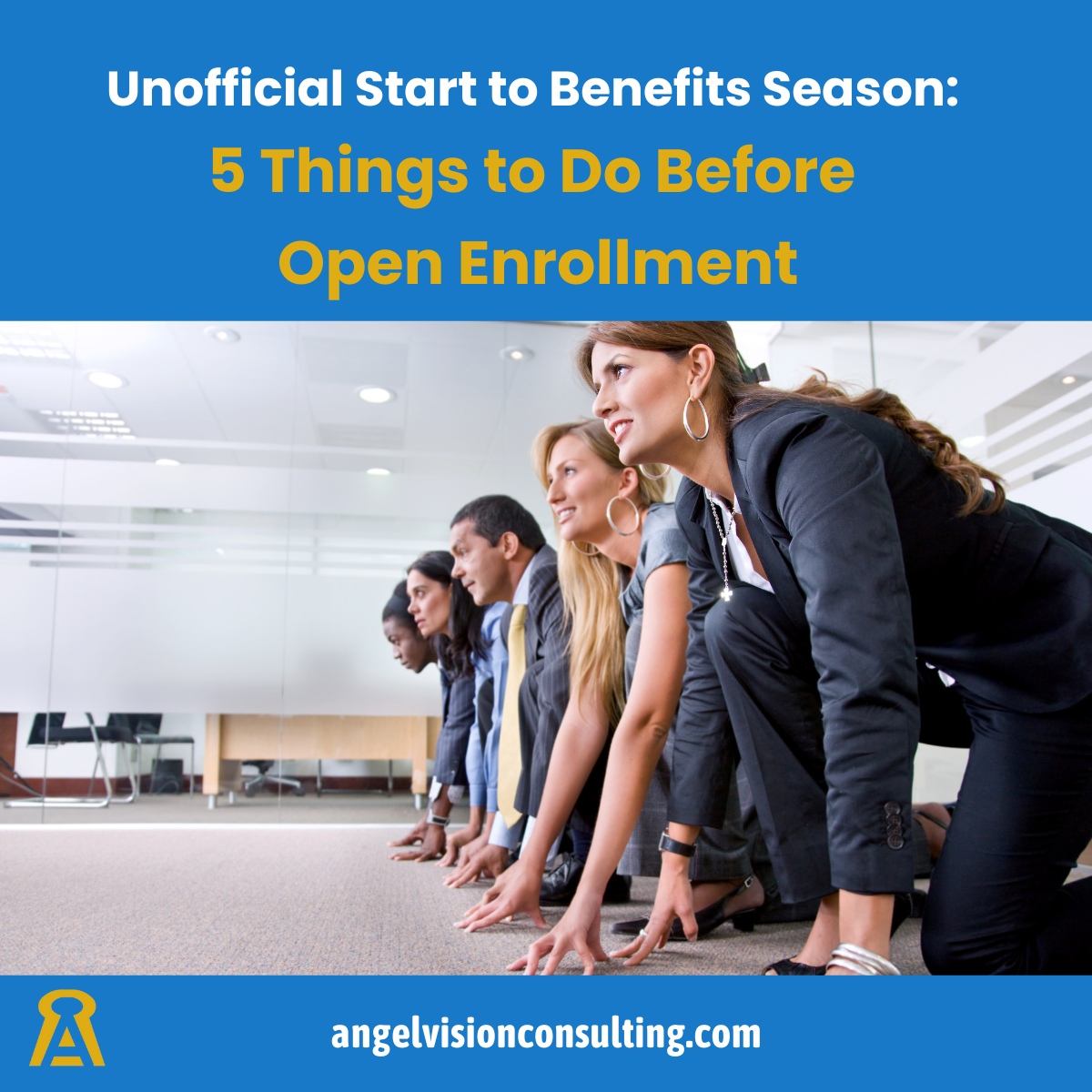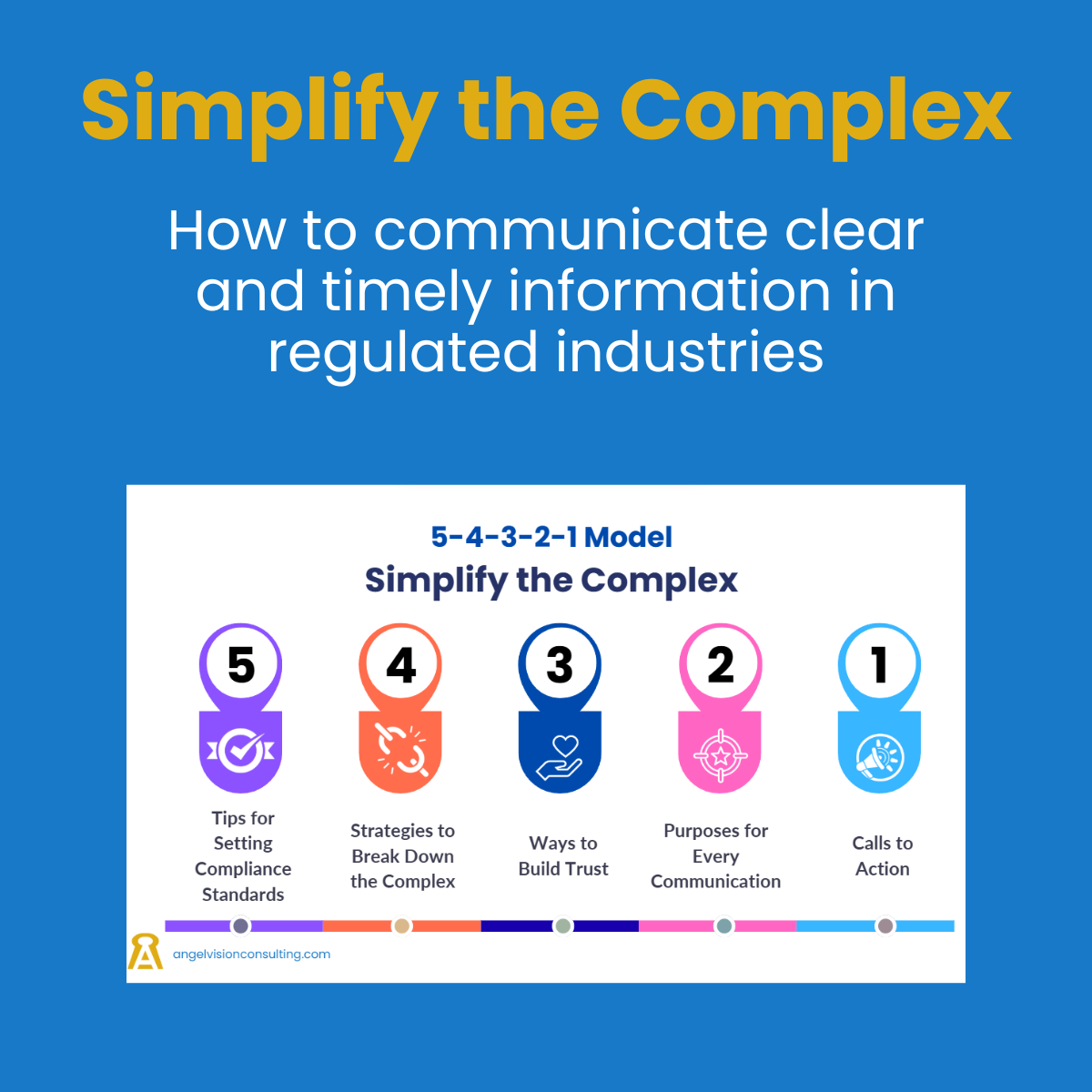Angel Wisdom Blog
Angel Wisdom provides trends, best practices and practical tips regarding communication, thought leadership, benefits and financial services.
Filter by:
Related items:

Over the years, I've developed and refined a set of strategies for staying ahead in my industry and keeping an eye on the competitive landscape. Today, I’m sharing my best-kept secrets. 1. Set Up Google Alerts for Industry and Competitive Monitoring Whenever I discover a new competitor, legislative update, industry influencer, or emerging trend, I set up Google Alerts for a daily digest of relevant insights. This simple but powerful tool cuts through the noise of countless industry publications, delivering only the updates that matter—straight to my inbox. 2. Learn from Broader Consumer Trends Highly regulated industries like finance, benefits, and insurance may lag behind in innovation, but that doesn't mean we can't anticipate changes. Studying consumer trends beyond our immediate space—such as those driven by Apple, Amazon, OpenAI, or Google —can offer valuable foresight into market shifts. Ask yourself: What strategies are these innovators using to engage customers or remove friction? How can similar approaches be applied to your business? 3. Track Recurring Research and Industry Benchmarks History provides powerful clues about where the market is headed. Many industries have key reports that are published annually, offering consistent insights for long-term strategic planning. Some of my go-to reports include: Devenir HSA Survey (Twice per year—tracks HSA industry growth) KFF Employer Health Benefits Survey (Annually in October) Mercer Health & Benefits Strategies Report (Typically annual) HRA Council Growth Trends Report ( Newer analysis on ICHRA and QSEHRA expansion) 4. Follow Competitor Activities on Socials and Newsletters One of the most straightforward ways to understand your competition is by seeing how they present themselves . Following competitors on social media and subscribing to their newsletters can provide valuable insights into their messaging and positioning. For a deeper perspective, consider looking at employee reviews on Glassdoor or other platforms to gauge company culture and customer experiences. Of course, all intelligence gathering should remain ethical and transparent . 5. Leverage Personal Experience for Competitive Insights Over the years, I’ve interacted with various vendors, solutions, and benefits providers. These experiences offer a goldmine of lessons : How was the customer experience? Were there communication gaps or inefficiencies? What could have made the interaction smoother or more engaging? Reflecting on these encounters can uncover strategies for improving your own offerings. 6. Dig Into Your Own Data Your company’s data contains hidden gems that reveal customer behaviors and opportunities for optimization. Consider analyzing: Customer inquiries (What are their most frequent concerns?) Usage patterns (What features are underutilized—and why?) Customer sentiment (What feedback are they sharing about your brand?) This insight enables proactive adjustments to meet customer expectations. 7. Stay Ahead with Direct Industry Sources Why wait for second-hand reports when you can be the first to know ? Subscribe to direct industry sources for immediate updates: Legislative developments (Set up saved searches & alerts on Congress.gov ) Regulatory releases (Sign up for IRS email alerts on IRS.gov ) Professional associations (Industry groups & lobbying firms provide exclusive insights) Intelligence is a Habit, Not a One-Time Task Business intelligence isn’t about gathering data once (or even once a year)—it’s about building habits that keep you informed, adaptable, and ahead of the competition. By consistently tracking industry trends, analyzing your own data, and staying connected to key sources, you create an ongoing advantage that positions you for success. The best part? Intelligence compounds. The more you engage with these strategies, the sharper your insights become.

Communicating benefits to employees is challenging, but doing so across a diverse mix of generations can feel even harder. At times, it may seem like we are all speaking different languages. Rather than focusing on differences, sometimes the best approach is to highlight the commonalities that bring us together. Recently, I had the pleasure of gathering with family to celebrate my parents' 50th wedding anniversary. Coming from a large family, we had representatives from five generations—Baby Boomers, Gen X, Millennials, Gen Z, and Gen Alpha. Each had their own preferences and ideas for what the weekend might look like, but somehow, we made it work, and everyone walked away with moments of joy. That’s what we need to consider when communicating benefits: How can we create moments where each generation gets something they want or need without alienating another group? The Multi-Generational Workforce Workforces commonly span three to five generations, each bringing unique benefit preferences and communication styles. Here’s a glimpse of what matters to each generation and how they prefer to receive communication: Baby Boomers (1946-1964): Value retirement benefits and healthcare; prefer direct communication, emails, and printed materials. Gen X (1965-1980): Seek work-life balance and financial security; favor email, webinars, and straightforward messaging. Millennials (1981-1996): Want flexibility and mental health benefits; engage via mobile apps, videos, and peer recommendations. Gen Z (1997-2012): Prioritize inclusive benefits and tech-driven perks; prefer instant messaging, social media, and interactive formats. Gen Alpha (2013-2024): Still growing, but expected to value personalization, digital-first experiences, and well-being. Likely to prefer AI-driven, interactive, mobile-native communication styles. Leveraging Universal Best Practices for Employee Benefits Communication My experience with my family reminded me that there are universal truths that transcend generations. If we can tap into those, we can create winning moments for everyone. Clarity & Simplicity: Everyone appreciates clear, simple communication. Keep messages jargon-free and easily digestible. Multi-Channel Approach: Each generation has a preferred communication channel, but there is crossover. Use a mix of email, text, webinars, intranet, and printed materials to ensure broad reach. Consistent & Frequent Messaging: Reinforce messages regularly, not just during open enrollment. Storytelling & Real-Life Examples: Testimonials and relatable scenarios illustrate how benefits apply across different generations and life stages. Interactive & Engaging Formats: Videos, FAQs, and Q&A sessions enhance understanding and engagement. Addressing Common Challenges Benefits professionals often struggle with balancing diverse communication needs with resource constraints. A few strategic hacks can help: Repurpose, don’t reinvent. Identify core message points and adapt them for different channels. Repoint, rather than rewrite. Use supporting communication methods (postcards, texts, intranet posts) to direct employees to key messages. Package benefits by life stages. A "Benefits by Generation" resource can illustrate how different benefits apply across life stages. Measuring Communication Success There is no one-size-fits-all communication strategy. Employees have unique situations that influence communication norms and best practices. Track engagement and feedback. Combine statistical data (open rates, click-through rates, views) with employee feedback (surveys, polls, interviews). Adjust strategies based on employee response. Focus on what works and refine approaches accordingly. The Need for a Smarter Benefits Communication Strategy Effective benefits communication is no longer just a nice-to-have—it’s a critical component of employee satisfaction, engagement, and retention. With workforces spanning multiple generations, each with unique preferences and expectations, organizations must adopt a smarter approach to ensure their messaging resonates. A strategic benefits communication plan should be clear, multi-channel, engaging, and adaptable to different life stages. It must go beyond open enrollment and become an ongoing conversation that reinforces the value of benefits throughout the year. Companies that fail to modernize their approach risk losing employee trust, reducing benefits utilization, and ultimately impacting retention. Ready to transform your benefits communication strategy? That’s where Angel Vision comes in. Angel Vision specializes in delivering benefits communication strategies that help organizations refine their message, optimize communication channels, and ensure employees receive the right information at the right time. Partner with Angel Vision today to build a smarter, more effective approach that drives results.







